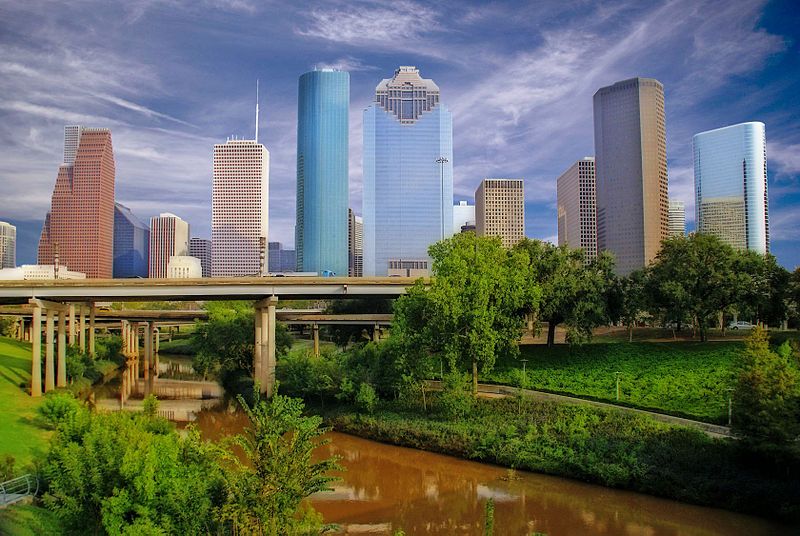COP18 paves the way for businesses to realise climate ambition
The collection of agreements struck at COP18, Doha, has been termed the 'Doha Climate Gateway' and has opened an avenue to further negotiations required to seal an all-nations post 2020 climate deal by 2015. There is a powerful precedent for successful business leadership within a UN inter-governmental agreement and it is proposed that this precedent could be followed.

The collection of agreements struck at COP18, Doha, has been termed the 'Doha Climate Gateway' and has opened an avenue to further negotiations required to seal an all-nations post 2020 climate deal by 2015.
There is a powerful precedent for successful business leadership within a UN inter-governmental agreement and it is proposed that this precedent could be followed. The UN’s Montreal Protocol of 1989 has been hailed as a success in protecting the ozone layer and transforming the multi billion dollar CFC industry. The Montreal Protocol took shape after 500 producers and users of CFCs issued a statement supporting international regulation of ozone depleting substances based upon scientific research conducted in laboratories.
This Treaty has focused on its core aims and made quick and steady progress in reducing Greenhouse Gas Emissions. It has worked in collaboration with business and other Agencies to achieve its objectives. For example, the United Nations Development Agency was recently recognised for the $670m support it has mobilised to 118 countries to destroy ozone depleting substances.
The UNFCCC process, with the support of 200 nations, is now focussing on leveraging the potential of the private sector the way the Montreal Protocol did for ozone depleting substances.
The main guiding points from the Montreal Protocol about how business can help shape global agreements that work.
- Business led on the ozone depleting substances issue, and used the UN process to formalise rules which rewarded its leadership. Business has the capital, innovation capacity, and vision to do the same for climate change.
- Business made its investment decisions on the basis of incomplete but compelling science. The science of climate change is more solid, and so business is again in the position to act on sound intelligence to minimise risks and optimise commercial opportunities in a low-carbon economy.
- A large part of business’s response to the ozone depletion issue was driven by competition between the US and Europe within a $1trillion industry. The same positive power of corporate and national competitiveness needs to be unleashed to solve this issue.
- Business was able to influence the shape of the Montreal Protocol through its ability to deliver solutions. Business has the same to deliver for climate, and needs to bring that capacity and ingenuity to the heart of the political process.
- Business must use the eight years between now and a planned successor agreement to the Kyoto Protocol in 2020 wisely to ensure success.
That means making investment decisions that seek competitive advantage for a low-carbon world as a matter of priority, and not treating this as an issue of compliance for when regulations may finally emerge.
